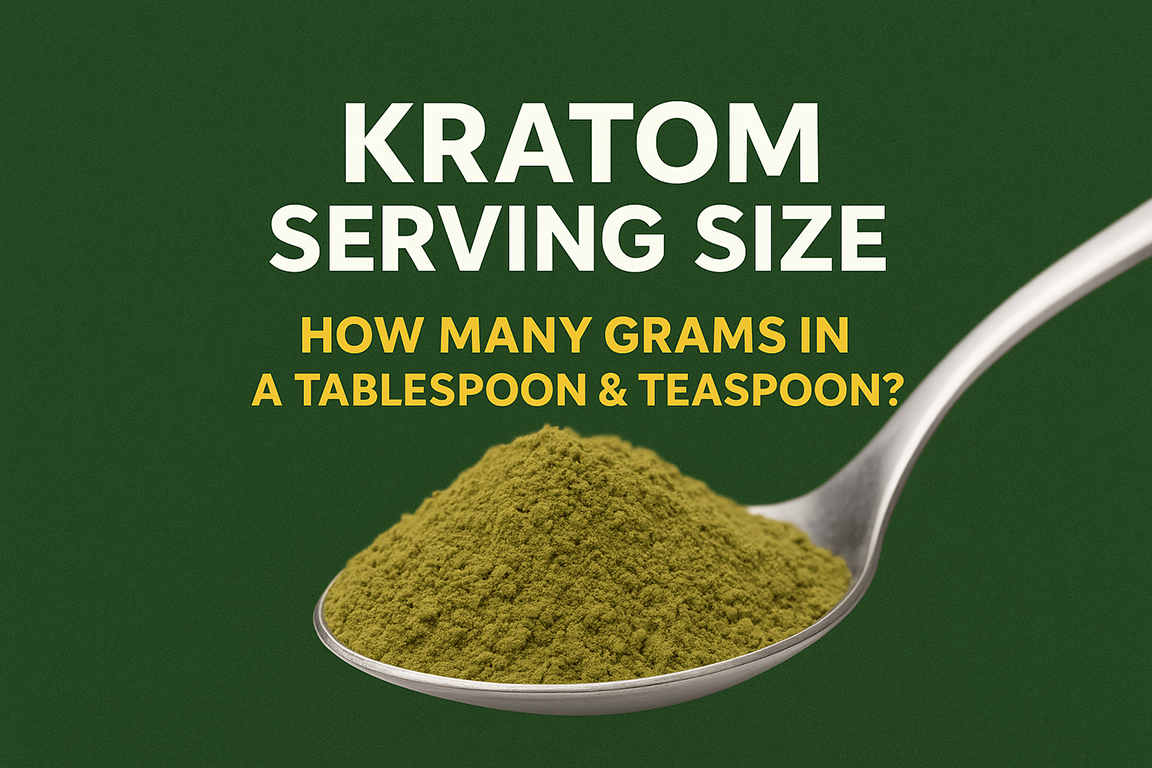News >> Manganese : Benefits or Dangers ?
Most Viewed

Manganese : Benefits or Dangers ?
Created by: Herman at Dec 17, 2023 593Manganese
Manganese (Mn), chemical element, one of the silvery white, hard, brittle metals of Group 7 (VIIb) of the periodic table. It was recognized as an element in 1774 by the Swedish chemist Carl Wilhelm Scheele while working with the mineral pyrolusite and was isolated the same year by his associate, Johan Gottlieb Gahn. Although it is rarely used in pure form, manganese is essential to steelmaking.
Occurrence, uses, and properties
Manganese combined with other elements is widely distributed in Earth’s crust. Manganese is second only to iron among the transition elements in its abundance in Earth’s crust; it is roughly similar to iron in its physical and chemical properties but is harder and more brittle. It occurs in a number of substantial deposits, of which the most important ores (which are mainly oxides) consist primarily of manganese dioxide (MnO2) in the form of pyrolusite, romanechite, and wad. Manganese is essential to plant growth and is involved in the assimilation of nitrates in green plants and algae. It is an essential trace element in higher animals, in which it participates in the action of many enzymes. Lack of manganese causes testicular atrophy. An excess of this element in plants and animals is toxic.
Manganese ores are primarily produced by Australia, South Africa, China, Gabon, and Brazil. Large areas of the ocean floor are covered with manganese nodules, also called polymetallic nodules, concretions of manganese with some iron, silicon, and aluminum. The amount of manganese in the nodules is estimated to be much more than that in land reserves.
Most of the manganese produced is used in the form of ferromanganese and silicomanganese alloys for iron and steel manufacture. Manganese ores containing iron oxides are first reduced in blast furnaces or electric furnaces with carbon to yield ferromanganese, which in turn is used in steelmaking. Adding manganese, which has a greater affinity for sulfur than does iron, converts the low-melting iron sulfide in steel to high-melting manganese sulfide. Produced without manganese, steel breaks up when hot-rolled or forged. Steels generally contain less than 1 percent manganese. Manganese steel is used for very rugged service; containing 11–14 percent manganese, it provides a hard, wear-resistant, and self-renewing surface over a tough unbreakable core. Pure manganese produced electrolytically is used mostly in the preparation of nonferrous alloys of copper, aluminum, magnesium, and nickel and in the production of high-purity chemicals. Practically all commercial alloys of aluminum and magnesium contain manganese to improve corrosion resistance and mechanical properties. Aluminum cans contain about 1.5 percent manganese. (For detailed information on the extraction, refining, and applications of manganese, see manganese processing.)
All natural manganese is the stable isotope manganese-55. It exists in four allotropic modifications; the complex cubic structure of the so-called alpha phase is the form stable at ordinary temperatures. Manganese somewhat resembles iron in general chemical activity. The metal oxidizes superficially in air and rusts in moist air. It burns in air or oxygen at elevated temperatures, as does iron; decomposes water slowly when cold and rapidly on heating; and dissolves readily in dilute mineral acids with hydrogen evolution and the formation of the corresponding salts in the +2 oxidation state.
Manganese is quite electropositive, dissolving very readily in dilute nonoxidizing acids. Although relatively unreactive toward nonmetals at room temperature, it reacts with many at elevated temperatures. Thus, manganese burns in chlorine to give manganese(II) chloride (MnCl2), reacts with fluorine to give manganese(II) fluoride (MnF2) and manganese(III) fluoride (MnF3), burns in nitrogen at about 1,200 °C (2,200 °F) to give manganese(II) nitride (Mn3N2), and burns in oxygen to give manganese(II,III) oxide (Mn3O4). Manganese also combines directly with boron, carbon, sulfur, silicon, or phosphorus but not with hydrogen.
Toxicity of Manganese
In humans, manganese toxicity represents a serious health hazard, resulting in severe pathologies of the central nervous system. In its most severe form, the toxicosis is manifested by a permanent crippling neurological disorder of the extrapyramidal system, which is similar to Parkinson's disease. In its milder form, the toxicity is expressed by hyperirritability, violent acts, hallucinations, disturbances of libido, and incoordination. The above symptoms, once established, tend to persist even after the manganese body burden returns to normal. While the majority of reported cases of manganese toxicity occur in individuals exposed to high concentrations of airborne manganese (> 5 mg m−3), subtle signs of manganese toxicity including delayed reaction time, impaired motor coordination, and impaired memory have been observed in workers exposed to airborne manganese concentrations lower than 1 mg m−3. Manganese toxicity has been reported in an individual who consumed high amounts of manganese supplements for several years and in individuals who have consumed water containing high levels of manganese. There has been concern recently that the risk for manganese toxicity may be increasing in some areas because of the use of methylcyclopentadenyl manganese tricarbonyl in gasoline as an antiknock agent; however, this is an issue of active debate.
In additional to neural damage, reproductive and immune system dysfunction, nephritis, testicular damage, pancreatitis, lung disease, and hepatic damage can occur with manganese toxicity, though the frequency of these disorders is unknown. Similarly to the cases in humans, chronic manganese toxicity in rhesus monkeys is characterized by muscular weakness, rigidity of the lower limbs, and neuron damage in the substantia nigra. Neural toxicity is a consistent finding in rats exposed to chronic manganese toxicity. The mechanisms underlying the toxicity of manganese have not been agreed upon but probably involve both endocrinological dysfunction and excessive tissue oxidative damage.
To date, cases of manganese toxicity in humans have only been reported for adults; however, infants may be at a high risk for manganese toxicity owing to a high absorptive capacity for the element and/or an immature excretory pathway for it. If manganese is taken up by extrahepatic tissues via the manganese–transferrin complex, the developing brain may be particularly sensitive to manganese toxicity owing to the high number of transferrin receptors elaborated by neuronal cells during development, coupled with the putative need by neural cells for transferrin for their differentiation and proliferation. Studies aimed at evaluating the relative sensitivity of the developing brain to manganese toxicity are needed.
Benefits for Health
This manganese actually has important health benefits. The need for manganese is also compulsory, even in smaller portions. For adults based on research, they need about 15-20 mg of manganese per day. Because a little portion or rate will make it easier for you to fill it. Besides, there are many foods that contain manganese. Well, here's the health benefits of manganese.
Good for bone health
The first benefits of manganese for health are good for bones. Manganese is a kind of mineral that is very closely related to density. No wonder this manganese is an effective mineral to help optimal bone growth. And this is also good news for you who are in menopause because you often have pain in the joint part of the bone due to keropos.
Helps eliminate free radicals
Another benefit of this manganese is that it acts as an antioxidant. The body is often unable to counter free radical attacks that can damage cells. One way is to fill the intake of manganese in the body, so the body is not vulnerable to disease.
Helps Body Metabolism and Energy
Another major benefit of manganese itself is to help metabolism in the body. Manganese is one of the substances that plays a role in metaloenzymes, enzymes in the body that use metal substances such as manganese, copper, and zinc. This enzyme helps in the formation of energy and the breakdown of macronutrients such as carbohydrates, proteins, and fats.
Helps in digestion and vitamin absorption
The body needs a smooth metabolic system so that the process of vitamin absorption by the body can be maximum.
Manganese on Kratom
Kratom is a novel psychoactive substance that has gained popularity due to its agonism at the μ-opioid receptor. Twenty-nine commercially available products were analyzed by Inductively Coupled Plasma/Optical Emission Spectroscopy (ICP/OES) for an inorganic profile and Direct Analysis in Real Time-Mass Spectrometry (DART-MS) for a qualitative, organic profile. Three kratom samples were found to have manganese levels higher than the tolerable upper intake of 11 mg/day. One non-kratom sample was analyzed and found to have phenibut present.
Three samples were found to have manganese levels exceeding the tolerable upper intake level of 11 mg/day. These samples were produced by the same manufacturer and purchased in the same tobacco store, highlighting the need for stricter quality control and regulation within the kratom industry. Overexposure to manganese can lead to “manganism”, which produces Parkinsonian symptoms including dystonia, tremors, and facial muscle spasms3. All kratom samples were found to have main alkaloids mitragynine and 7- hydroxymitragynine via DART-MS analysis. One non-kratom sample was analyzed and found to have phenibut, a nootropic, anxiolytic and GABA-mimetic substance that is a GABAB agonist.




